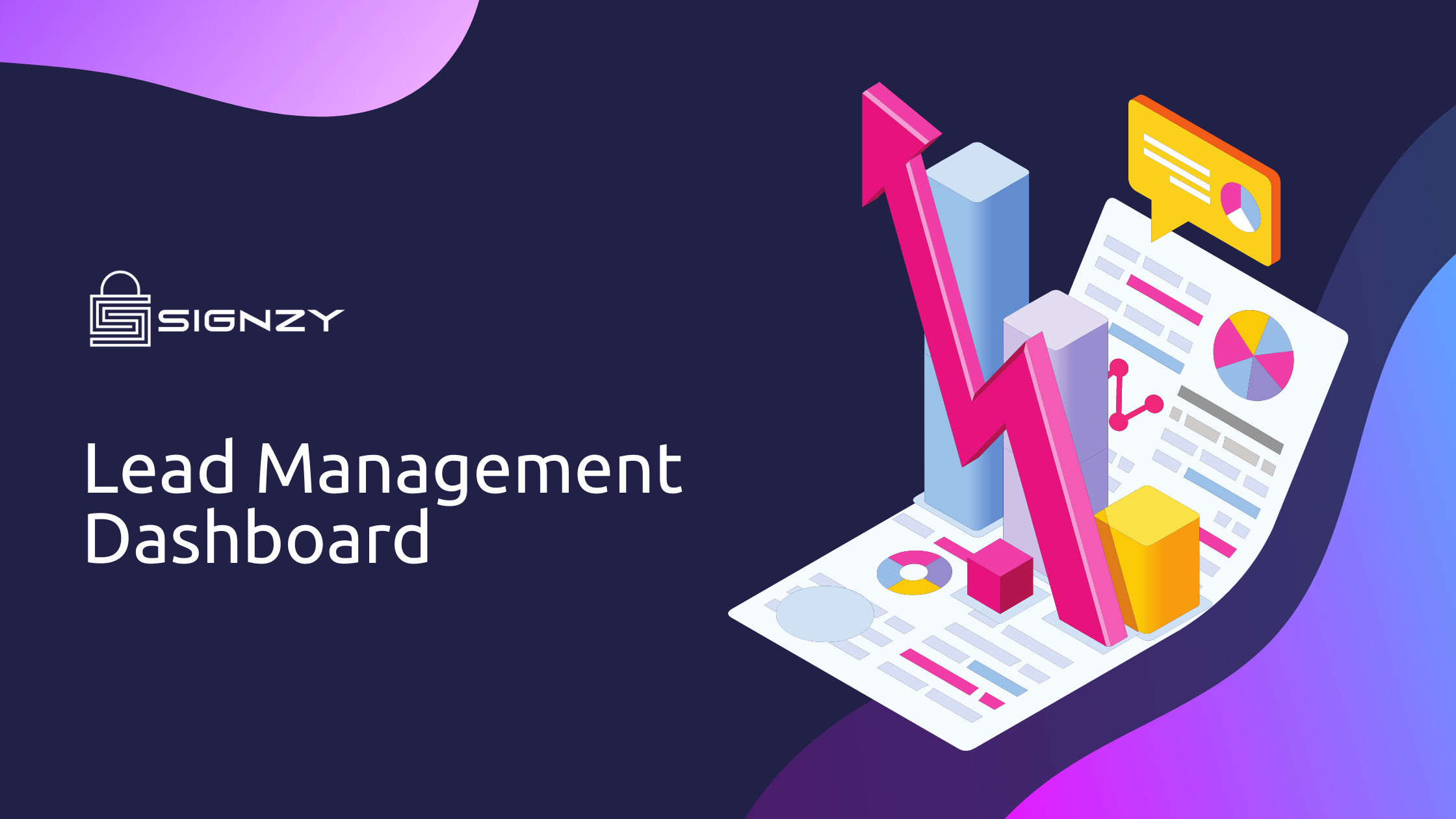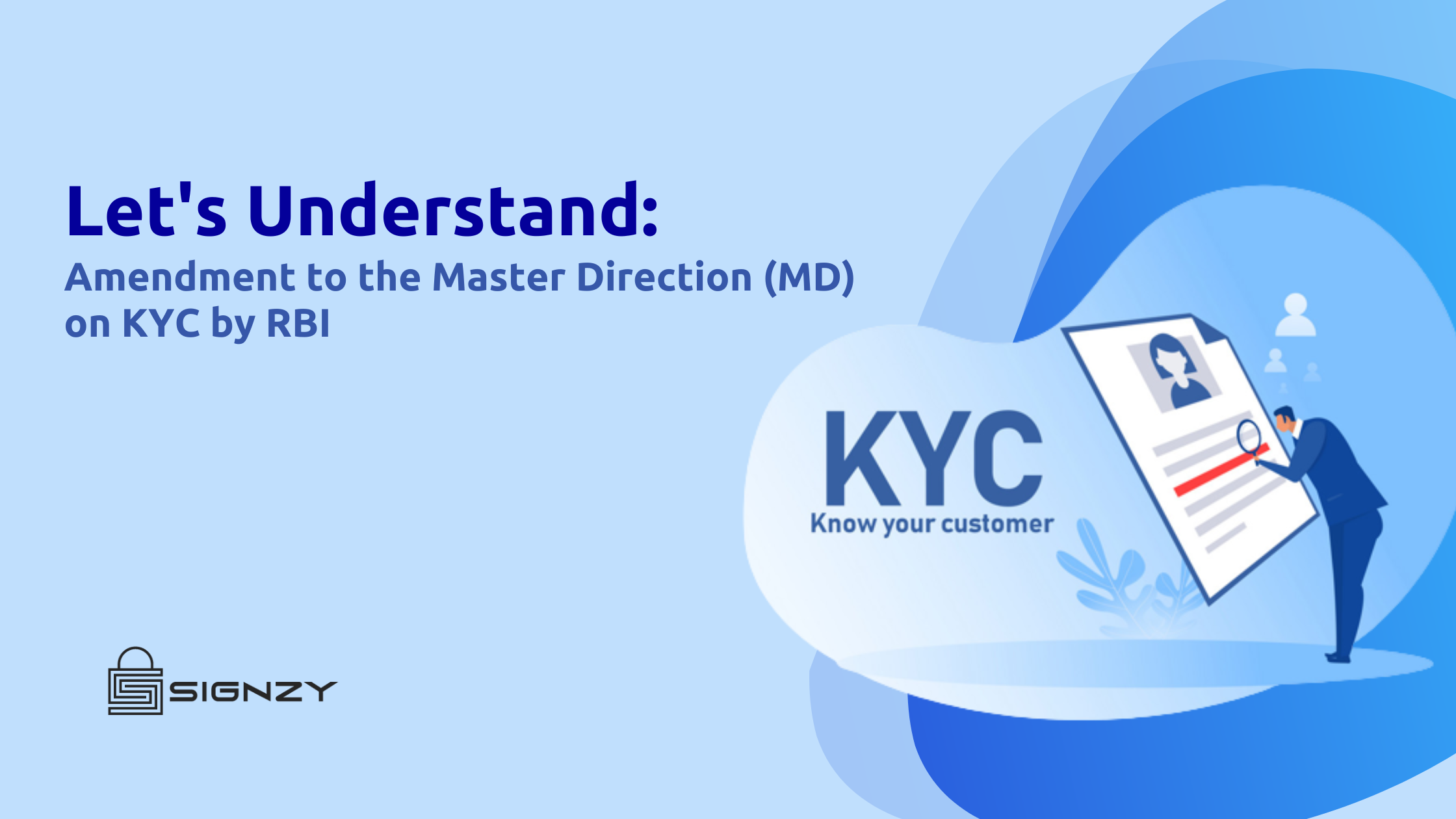Credit unions have always been known for their member-focused approach. However, in today’s ever-evolving digital landscape, providing a member-first experience can get quite cost-intensive.
Credit unions face numerous challenges when it comes to creating seamless digital banking experiences for their members while maintaining acquisition costs and remaining competitive with traditional financial institutions.
In this blog post, we’ll explore how providing better digital experiences for your members doesn’t have to be a pricey affair.
Challenges Faced by the Credit Unions of Today
Credit unions are known for their member-focused approach, but the challenges they face today are more complex than ever before. One of the biggest challenges is competing with traditional financial institutions which often have larger marketing budgets and access to cutting-edge technology.
Another challenge is keeping up with changing consumer expectations. Today’s consumers expect a seamless digital banking experience that allows them to do everything from deposit checks to apply for loans online. They must invest in new technologies and platforms if they want to meet these expectations.
Acquisition costs also pose a significant challenge for credit unions. It can be expensive to attract new members, especially when compared to larger banks that have established brand recognition and customer loyalty.
Regulatory compliance is another obstacle that credit unions must navigate carefully. Compliance requirements change frequently, which means that credit unions need dedicated staff or outside consultants just to stay up-to-date on regulations.
There’s the challenge of balancing profitability with social responsibility. Credit unions are not-for-profit organizations, but they still need revenue streams to remain sustainable while fulfilling their mission of serving their members’ best interests. Finding this balance requires creative strategies and careful planning.
The real cost of providing member-centric experiences
Member acquisition cost is a real struggle in the digital-first world of today. Changing systems would entail training staff, extensive hiring for managing new systems, and expenses involving upgrading existing infrastructure as well. Credit unions must prioritize digital onboarding to provide seamless experiences for new members. Streamlining this process not only saves time and money but also creates a positive first impression that can lead to long-term membership.
While the cost of nurturing credit union members may seem daunting at first glance, it pales in comparison to the benefits reaped from building lasting relationships with satisfied customers. By prioritizing member-focused initiatives like digital banking and omnichannel support, credit unions can ensure continued success for years to come.
How to create seamless digital banking experiences for your members
The current pandemic has forced many credit unions to accelerate their digital transformation initiatives, and providing seamless digital banking experiences for members has become a top priority. Here are some tips on how credit unions can create these experiences:
1. Implement Digital Onboarding: Simplify the account opening process by allowing members to open accounts online or through mobile devices. This not only saves time but also improves member satisfaction.
2. Use Data Analytics: CUs must analyze data from various sources like social media, transactional history, and other interactions with members to better understand their preferences and needs.
3. Embrace Mobile Banking: A user-friendly mobile app allows customers to manage their accounts efficiently while on the go.
4. Offer Personalized Services: Personalization is key to creating memorable customer experiences that differentiate your credit union from competitors.
5. Invest in Security Features: Members trust financial institutions with sensitive information, so it’s important to provide secure access channels such as multi-factor authentication and biometric verification options like facial recognition technology.
By following these steps, credit unions can create seamless digital banking experiences that will attract new members while retaining existing ones. Signzy’s no-code onboarding solution and API stack are maintained keeping credit unions in mind.
Conclusion
Credit unions face a unique set of challenges in today’s financial landscape. While fostering meaningful relationships with members is crucial to their success, it comes at a cost – both in terms of time and money.
However, by embracing digital banking tools and creating frictionless member experiences online, credit unions can continue to thrive while maintaining their commitment to member-focused values. This does involve a certain amount of spending, of course. But there cannot be a simple price tag for member satisfaction. There are variables involved in everything, but using AI-based tools to automate banking can make lives easier.
Investing in digital onboarding platforms that streamline the account opening process can reduce acquisition costs while increasing member satisfaction. Offering mobile banking features empowers members with convenient options for managing their finances. By empowering members to take banking into their own hands, they can truly be by the members, for the members.
By prioritizing these initiatives, credit unions can remain competitive against larger financial institutions while staying true to their mission of putting members first. With the right technology and focus on delivering exceptional service at every touchpoint, nurturing long-lasting relationships with members can become an achievable goal rather than an elusive ideal.







